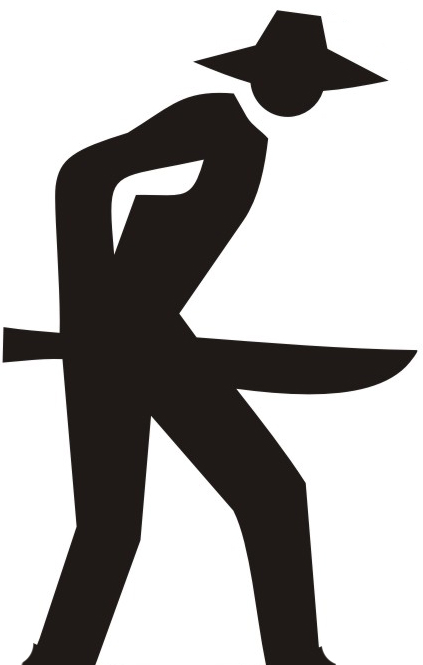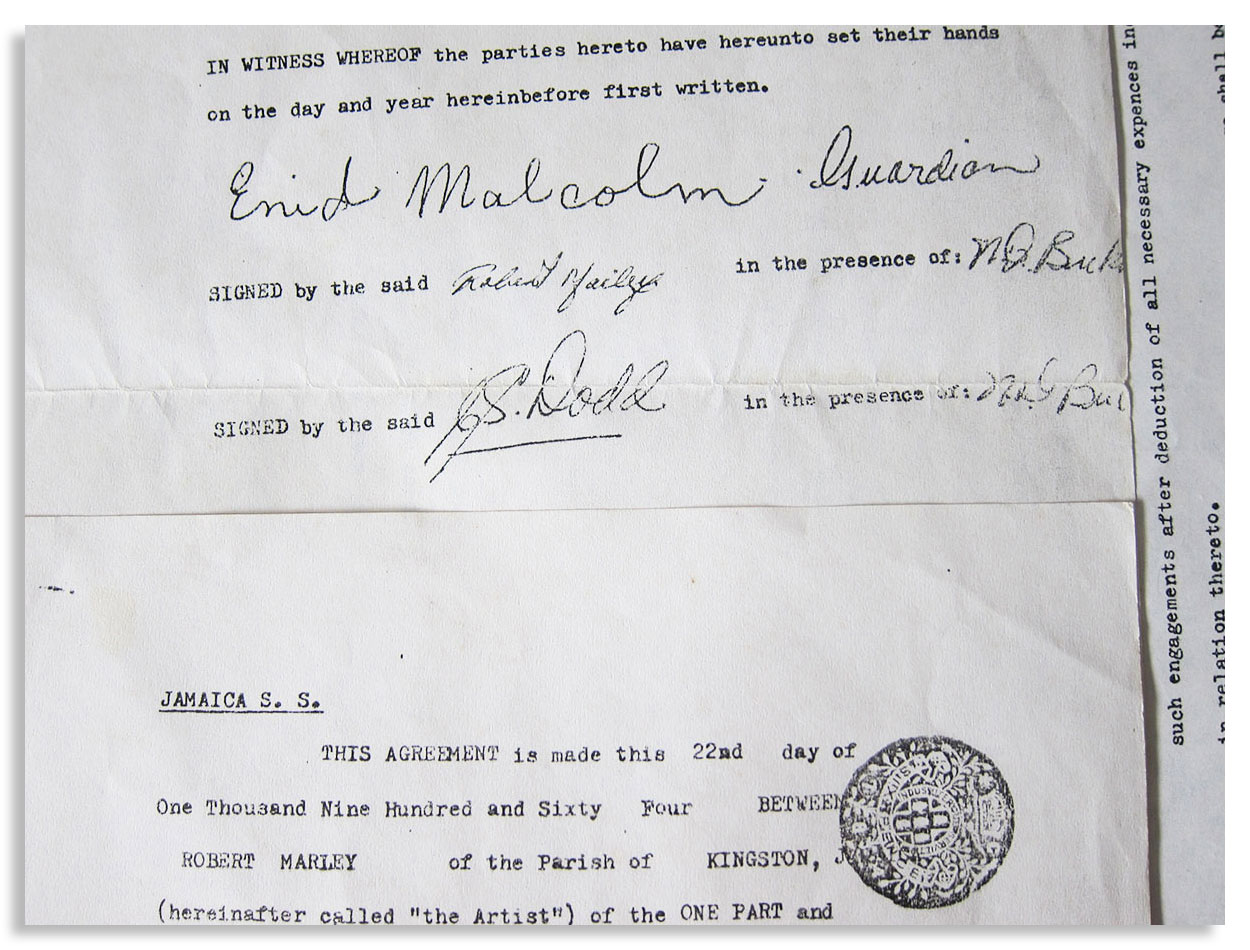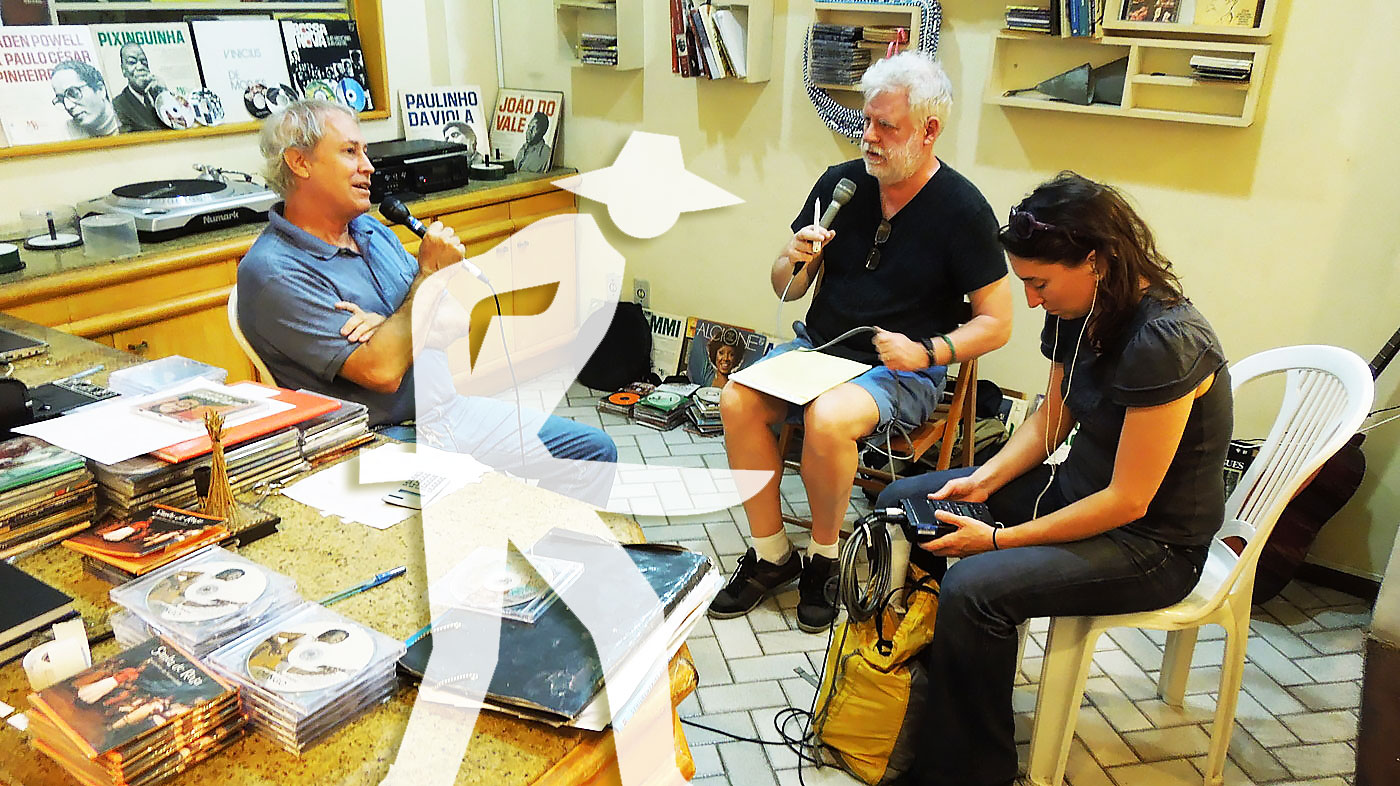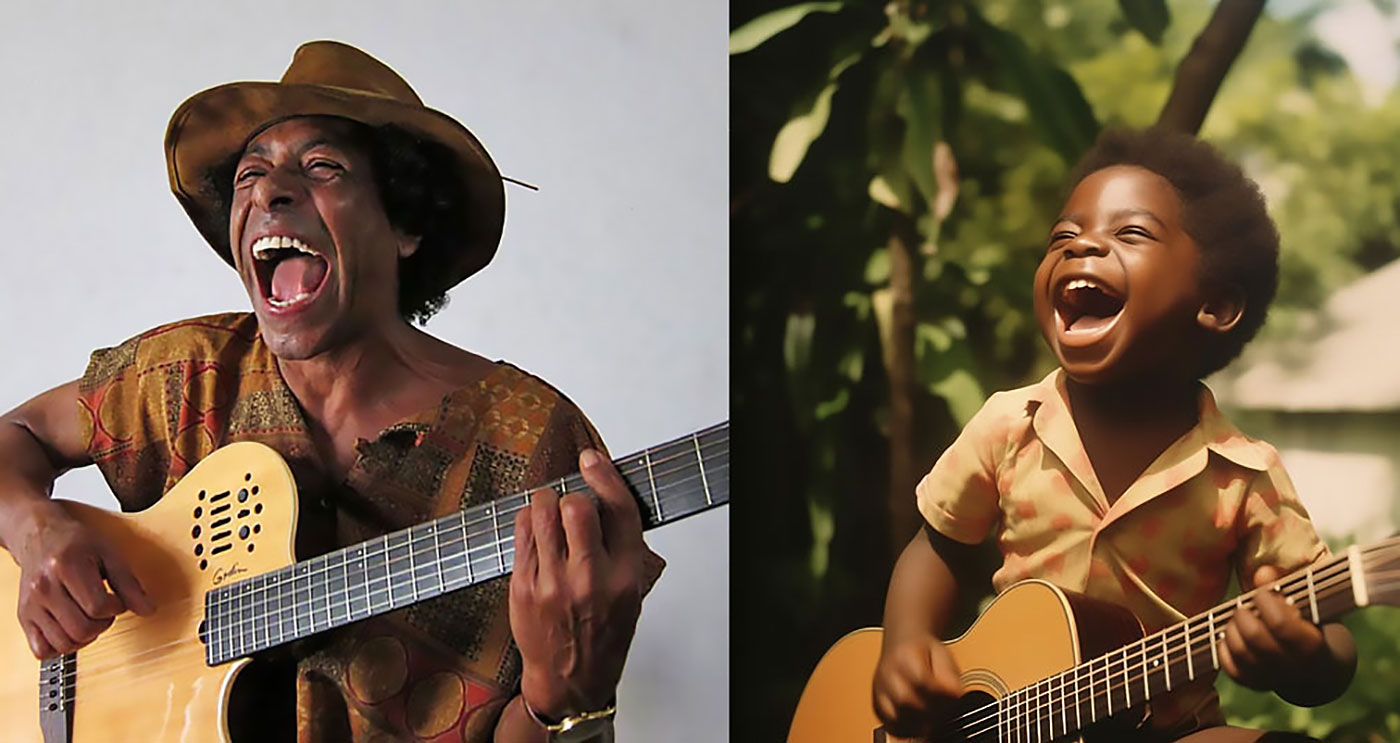CURATION
- from this page: by Matrix
Network Node
- Name: Teju Cole
- City/Place: Cambridge, Massachusetts
- Country: United States
- Hometown: Lagos, Nigeria
Life & Work
-
Bio:
TEJU COLE is a novelist, photographer, critic, curator, and the author of several books. He was the photography critic of the New York Times Magazine from 2015 until 2019. He is currently the Gore Vidal Professor of the Practice of Creative Writing at Harvard.
His novella, Every Day is for the Thief, was named a book of the year by the New York Times, the Globe and Mail, NPR, and the Telegraph, and shortlisted for the PEN/Open Book Award. His novel, Open City, also featured on numerous book of the year lists, and won the PEN/Hemingway Award, the New York City Book Award for Fiction, the Rosenthal Award of the American Academy of Arts and Letters, and the Internationaler Literaturpreis, and was shortlisted for the National Book Critics Circle Award, the New York Public Library Young Lions Award, and the Ondaatje Prize of the Royal Society of Literature.
His essay collection, Known and Strange Things, was shortlisted for both the PEN/Diamonstein-Spielvogel Award for the Art of the Essay and the inaugural PEN/Jean Stein Award for “a book that has broken new ground by reshaping the boundaries of its form and signaling strong potential for lasting influence.” Known and Strange Things was named a book of the year by the Guardian, the Financial Times, Time Magazine, and many others.
Blind Spot (June 2017), a genre-crossing work of photography and texts, was shortlisted for the Aperture/Paris Photo Photobook Award and named one of the best books of the year by Time Magazine. He was commissioned by the 2017 Performa Biennial to present a multimedia solo performance piece, Black Paper, which the New York Times acclaimed as “quietly grave” and “thoroughly devastating.” Human Archipelago, a collaboration with the photographer Fazal Sheikh was published in (2019), and Fernweh, a book of photographs in (2020). His most recent books, both published in 2021, are the photobook Golden Apple of the Sun, selected as a book of the year in LitHub, and the essay collection Black Paper, (longlisted for the PEN/Diamonstein-Spielvogel Award for the Art of the Essay, and named a book of the year by the Paris Review and Artnet, among others.
Teju Cole has contributed to the New York Times, the New Yorker, Granta, Brick, and many other magazines. His photography column at the New York Times Magazine, “On Photography,” was a finalist for a 2016 National Magazine Award.
There have been solo exhibitions of his photography in Italy, Iceland, India, Italy, Germany, Switzerland and the US. He gave the 2014 Kenan Distinguished Lecture in Ethics at Duke University, the 2015 Susan D. Gubar Lecture at Indiana University, and the 2016 Spui25 Lecture at the University of Amsterdam. He was awarded the 2015 Windham Campbell Prize for Fiction, a 2015 US Artists award, and a 2018 Guggenheim Fellowship. He was a Poynter Journalism Fellow at Yale University in 2018. He serves as a board member for several periodicals and arts organizations, and has participated in many literary and photography juries, including the 2021 Images Vevey Grand Prix, of which he was jury president.
He delivered the Randy L. and Melvin R. Berlin Family Lectures at the University of Chicago in April 2019, gave the Class Day speech at the Commencement Ceremony of the Harvard Graduate School of Design in May 2019, and curated an exhibition titled Go Down Moses at the Museum of Contemporary Photography in July–September 2019. In 2021, he served as a guest curator at the Orchestra of St Luke’s, with a text and music program called Radia; and he was elected a member of the American Academy of Arts and Sciences.
Teju Cole was born in the US in 1975 to Nigerian parents and was raised in Lagos. He currently lives in Cambridge, MA.
Contact Information
- Management/Booking: For speaking inquiries, please write to Tom Gagnon at the Lavin Agency. For rights, publishing, and other inquiries, please write to Andrew Wylie at the Wylie Agency. For selected photographic prints, please write to Steven Kasher Gallery.
Media | Markets
- ▶ Book Purchases: http://www.tejucole.com/books/
- ▶ Instagram: _tejucole
- ▶ Website: http://www.tejucole.com
- ▶ Website 2: http://english.fas.harvard.edu/people/teju-cole
- ▶ Article: http://www.nytimes.com/2023/05/25/magazine/vermeer-beauty-brutality.html
- ▶ Article 2: http://niemanstoryboard.org/stories/annotation-tuesday-teju-cole-on-far-away-from-here/
- ▶ Articles: http://www.newyorker.com/contributors/teju-cole
- ▶ Articles 2: http://www.theatlantic.com/author/teju-cole/
Creators in the Matrix mathematically gravitate to close proximity to all other creators in the Matrix, no matter how far away in location, fame or society. This mathematical gravity is called "the small world phenomenon".
![]() Wolfram MathWorld on the Small World Phenomenon
Wolfram MathWorld on the Small World Phenomenon
![]() Matemática Wolfram sobre o Fenômeno Mundo Pequeno
Matemática Wolfram sobre o Fenômeno Mundo Pequeno
"In a small world great things are possible."

It's not which pill you take, it's which pathways you take. Pathways originating in the sprawling cultural matrix of Brazil: Indigenous, African, Sephardic and then Ashkenazic, European, Asian... Matrix Ground Zero is the Recôncavo, contouring the Bay of All Saints, earthly center of gravity for the disembarkation of enslaved human beings — and the sublimity they created — presided over by the ineffable Black Rome of Brazil: Salvador da Bahia.
("Black Rome" is an appellation per Caetano Veloso, son of the Recôncavo, via Mãe Aninha of Ilê Axé Opô Afonjá.)
"Dear Sparrow: I am thrilled to receive your email! Thank you for including me in this wonderful matrix."
—Susan Rogers: Personal recording engineer for Prince, inc. "Purple Rain", "Sign o' the Times", "Around the World in a Day"... Director of the Berklee Music Perception and Cognition Laboratory
"Thanks! It looks great!....I didn't write 'Cantaloupe Island' though...Herbie Hancock did! Great Page though, well done! best, Randy"
"We appreciate you including Kamasi in the matrix, Sparrow."
—Banch Abegaze: manager, Kamasi Washington
"This is super impressive work ! Congratulations ! Thanks for including me :)))"
—Clarice Assad: Pianist and composer with works performed by Yo Yo Ma and orchestras around the world
"Dear Sparrow, Many thanks for this – I am touched!"
—Julian Lloyd-Webber: UK's premier cellist; brother of Andrew Lloyd Webber (Evita, Jesus Christ Superstar, Cats, Phantom of the Opera...)
"Thanks, this is a brilliant idea!!"
—Alicia Svigals: World's premier klezmer violinist
Developed here in the Historic Center of Salvador da Bahia ↓ .
![]() Bule Bule (Assis Valente)
Bule Bule (Assis Valente)
"♫ The time has come for these bronzed people to show their value..."
Production: Betão Aguiar
MATRIX MODUS OPERANDI
Recommend somebody and you will appear on that person's page. Somebody recommends you and they will appear on your page.
Both pulled by the inexorable mathematical gravity of the small world phenomenon to within range of everybody inside.
And by logical extension, to within range of all humanity outside as well.
MATRIX (PARDAL)
I'm Pardal here in Brazil (that's "Sparrow" in English). The deep roots of this project are in Manhattan, where Allen Klein (managed the Beatles and The Rolling Stones) called me about royalties for the estate of Sam Cooke... where Jerry Ragovoy (co-wrote Time is On My Side, sung by the Stones; Piece of My Heart, Janis Joplin of course; and Pata Pata, sung by the great Miriam Makeba) called me looking for unpaid royalties... where I did contract and licensing for Carlinhos Brown's participation on Bahia Black with Wayne Shorter and Herbie Hancock...
...where I rescued unpaid royalties for Aretha Franklin (from Atlantic Records), Barbra Streisand (from CBS Records), Led Zeppelin, Mongo Santamaria, Gilberto Gil, Astrud Gilberto, Airto Moreira, Jim Hall, Wah Wah Watson (Melvin Ragin), Ray Barretto, Philip Glass, Clement "Sir Coxsone" Dodd for his interest in Bob Marley compositions, Cat Stevens/Yusuf Islam and others...
...where I worked with Earl "Speedo" Carroll of the Cadillacs (who went from doo-wopping as a kid on Harlem streetcorners to top of the charts to working as a janitor at P.S. 87 in Manhattan without ever losing what it was that made him special in the first place), and with Jake and Zeke Carey of The Flamingos (I Only Have Eyes for You)... stuff like that.

Yeah this is Bob's first record contract, made with Clement "Sir Coxsone" Dodd of Studio One and co-signed by his aunt because he was under 21. I took it to Black Rock to argue with CBS' lawyers about the royalties they didn't want to pay (they paid).
MATRIX MUSICAL
I built the Matrix below (I'm below left, with David Dye & Kim Junod for U.S. National Public Radio) among some of the world's most powerfully moving music, some of it made by people barely known beyond village borders. Or in the case of Sodré, his anthem A MASSA — a paean to Brazil's poor ("our pain is the pain of a timid boy, a calf stepped on...") — having blasted from every radio between the Amazon and Brazil's industrial south, before he was silenced. The Matrix started with Sodré, with João do Boi, with Roberto Mendes, with Bule Bule, with Roque Ferreira... music rooted in the sugarcane plantations of Bahia. Hence our logo (a cane cutter).
A Massa (do povo carente) / The Masses (of people in need)

-
Add to my PlaylistA Massa - Raymundo Sodré (7,093 plays)
-
Add to my PlaylistSina de Cantador - Raymundo So... (6,909 plays)
-
Add to my PlaylistMagnetismo - Raymundo Sodré ... (6,353 plays)
-
Add to my PlaylistSacando a Cana - Raymundo Sodr... (5,957 plays)
-
Add to my PlaylistMêrêrê - Raymundo Sodré (5,465 plays)
-
Add to my PlaylistJardim do Amor - Raymundo Sodr... (4,677 plays)
-
Add to my PlaylistDebaixo do Céu - Raymundo Sodr... (4,151 plays)
-
Add to my PlaylistDesejo de Amar - Raymundo Sodr... (3,861 plays)
-
Add to my PlaylistOração pra Yá Oxum - Raymundo ... (3,741 plays)
-
Add to my PlaylistYá África - Raymundo Sodré (3,509 plays)
-
Add to my PlaylistMeu Rio, Cadê o Papel - Raymun... (3,177 plays)
-
Add to my PlaylistCasa de Trois - Raymundo Sodré... (2,896 plays)
-
Add to my PlaylistMulher é Laço que Prende o Coração do Vaqueiro - R... (2,556 plays)


































































































































































































































































































































































































































































